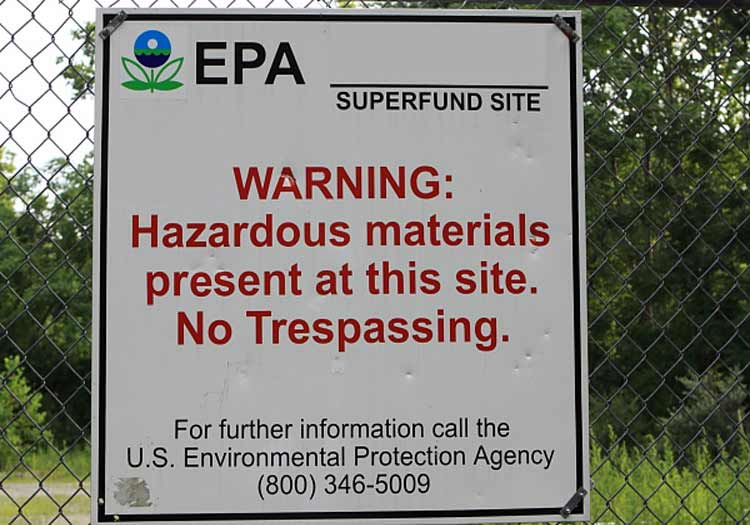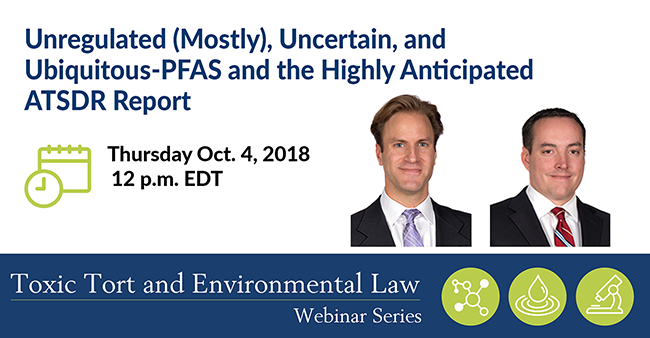Recent utility tests of drinking water on President Trump’s golf property in Bedminster, New Jersey, revealed, for the third time this year, the presence of perflurooctanoic acid (PFOA), which is one of the more common PFAS compounds. A lab retained by the New Jersey Department of Environmental Protection measured 3.5 – 3.6 parts per trillion (ppt) of the chemical at the property. Depending on who you talk to, the levels detected could be considered low and not harmful or, alternatively, they could be considered too high …
Continue Reading









